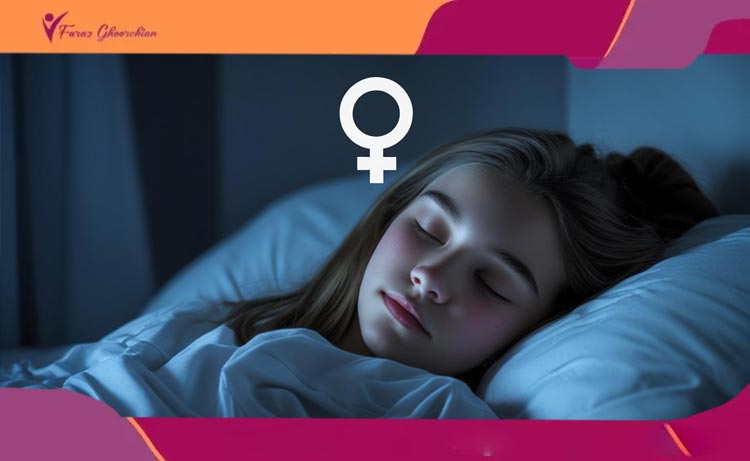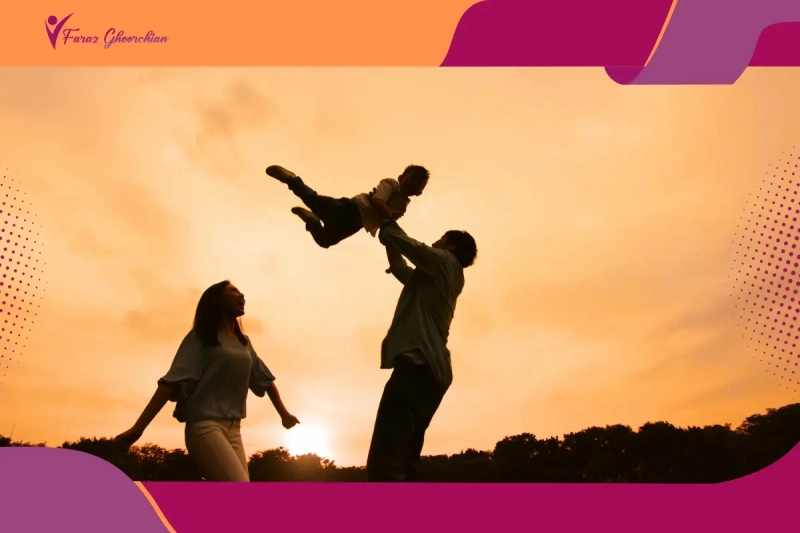- 1. Introduction: The Silent Struggle
- 2. Understanding Teen Porn Addiction
- 3. How Teens Get Addicted to Porn
- 4. Early Porn Exposure Risks & Teenage Brain
- 5. Signs of Porn Addiction in Teens
- 6. Effects of Porn on Teenagers’ Development & Mental Health
- 7. Impact on Motivation & Dopamine in Adolescents
- 8. Prevention & Internet Safety: Parental Role
- 9. How to Talk to Teens About Porn & Bad Habits
- 10. Help, Counseling, and Real Recovery for Teens
- 11. Conclusion
- 12. FAQs
Introduction: The Silent Struggle
Sometimes the signs are barely visible. A teenager becomes quieter, loses interest in things they once loved, or spends long hours behind a closed door. For many families, the reality of porn addiction in teenagers: a hidden problem only surfaces when small changes begin to add up. Easy access has made teenage exposure to porn and regular adolescent porn use surprisingly normal in today’s world, even if it’s rarely discussed openly. When a young person’s energy shifts or their friendships begin to fade, it can be an early sign of teen porn addiction. Understanding these silent struggles helps parents and teachers protect what matters most.
Understanding Teen Porn Addiction
For many teenagers, the path to porn addiction starts out almost unnoticed. A friend might share a link, or a pop-up ad catches their attention during a late-night scroll. At first, it may just seem like harmless curiosity, but repeated teenage exposure to porn often creates a pull that’s hard to ignore. The excitement or distraction becomes a quick fix after a stressful day, and slowly, what was once occasional adolescent porn use can turn into a daily habit. Some teens wonder about the differences between popular movements like NoFap vs Quitting Porn: What’s the Difference? but both approaches reflect how complicated and personal recovery can be. The teenage brain and porn have a unique relationship; with the brain still developing, the lure of instant reward is stronger and harder to resist. Before long, online time replaces hobbies, and family time shrinks. These changes set the stage for teen porn addiction or even deeper digital addiction in teenagers, often before anyone notices it happening.
How Teens Get Addicted to Porn
The path to teen porn addiction usually starts out quietly, often with a simple moment of curiosity. In many cases, teenage exposure to porn happens by accident through social media, a friend’s phone, or unexpected links during online searches. What feels like harmless exploration can quickly turn into repeated adolescent porn use, especially as teens look for ways to manage stress or escape boredom. The connection between the teenage brain and porn is especially strong, as adolescents are naturally drawn to new experiences and quick rewards. Over time, these digital habits can replace healthier activities, with teens spending more time alone and less with friends or family. Without honest conversations or clear boundaries, it’s easy for these patterns to evolve into digital addiction in teenagers, making early support and open dialogue more important than ever.
Early Porn Exposure Risks & Teenage Brain
Sometimes early porn exposure risks go unnoticed, slipping into a teenager’s world long before parents are aware. The teenage brain and porn are a complicated pair, since this stage is full of change and self-discovery. A teen who finds explicit content out of simple curiosity may return to it, not fully understanding the effects on their mind. Regular adolescent porn use during these years can shape what young people expect from relationships and even how they view themselves. It’s common for parents to notice their child’s energy drop or interests shift, but few realize these can be early signs of digital addiction in teenagers. Every family is different. What helps most is staying involved, listening without judgment, and talking openly about these challenges so teens know they have steady support through a confusing time.
Signs of Porn Addiction in Teens
Spotting the signs of porn addiction in teens isn’t always straightforward. Sometimes, teenage porn habits slip in quietly, changing little things before anyone realizes. Parents might see:
- A teen who spends extra time in their room, often glued to a screen and not saying much
- Schoolwork that used to come easily now gets ignored, with teachers noting a drop in effort
- Devices kept close, and the browser history always cleared, even after simple searches
- More arguments at home, or a teen who seems on edge about the smallest requests
- Activities that once brought joy, like music or sports, fading as adolescent porn use takes up time
- Late nights spent online, leading to tired mornings and a lack of motivation
Noticing these shifts can help families address teen porn addiction and recognize the first signs of digital addiction in teenagers, making support and honest conversation possible.
Effects of Porn on Teenagers’ Development & Mental Health
The real effects of porn on teenagers can slip into daily life in unexpected ways. Sometimes, teenage exposure to porn or regular adolescent porn use causes shifts that are easy to overlook. When it comes to teen mental health and porn, these impacts can feel personal and confusing for both teens and parents. Watch for changes like:
- A teen who once enjoyed weekends with friends now seems distant or irritable
- Schoolwork and motivation drop off, sometimes after late nights spent online
- Ideas about love or relationships start to reflect what’s seen in videos, not real life
- Feelings of guilt or shame that lead to secretive habits or avoiding family
- Difficulty concentrating or feeling less pleasure in ordinary activities, linked to teenage dopamine and porn
- Real-life connections lose their appeal as online time increases
- Mood swings or feeling “not good enough” surface after viewing explicit content
Understanding how these patterns shape porn and teenage development is the first step to building stronger support and healthier routines.
Impact on Motivation & Dopamine in Adolescents
Many adults are surprised by how quietly teenage dopamine and porn can influence a teenager’s world. When adolescent porn use turns into a routine, even small joys can start to fade. Suddenly, a teen who once looked forward to playing sports, meeting friends, or just hanging out with family might seem distant or bored. The impact of porn on teen motivation doesn’t always show up overnight. Sometimes, it’s the lack of energy, skipping out on favorite things, or a growing preference for hours spent alone online. Over time, these habits can grow into digital addiction in teenagers, making it harder to stay connected to real life. Noticing these changes early can help parents, teachers, and teens work together to bring back a sense of excitement and purpose.
Prevention & Internet Safety: Parental Role
Preventing porn addiction in teenagers isn’t just about blocking websites or installing apps. What really makes a difference is when parents start real conversations about teenage internet safety and porn, showing teens that questions and mistakes are normal. Sometimes it helps to set gentle ground rules about screen time or check in together on what apps and sites are being used. Simple steps like these give teens space to talk about their own worries with teenage exposure to porn and pressures from friends. By understanding the role of parental control and teen porn use, families can strike a balance between privacy and protection. If a teen slips into digital addiction in teenagers, knowing they can ask for help without fear or shame makes all the difference. What matters most is that teens feel heard, not just managed.
How to Talk to Teens About Porn & Bad Habits
Opening up about how to talk to teens about porn and bad habits can feel awkward for everyone, but it’s often the most important step. Teens need to know that teenage exposure to porn isn’t a rare issue and that curiosity or confusion are normal parts of growing up. Instead of launching into a lecture, it’s more helpful to ask what they’ve seen or heard and really listen without judgment. Bringing up adolescent porn use with openness shows teens you’re a safe person to turn to. Use real examples and talk about how bad habits can affect mood, self-esteem, and friendships. Let teens ask tough questions and share their own thoughts. Honest, gentle conversations now make it easier for teens to reach out for help and make thoughtful choices later on.
Help, Counseling, and Real Recovery for Teens
Real help for teens addicted to porn usually starts with small steps. It might be a worried parent who finally asks their teen how they’re feeling, or a young person who bravely mentions what’s been going on. Opening up can feel uncomfortable at first, but these moments are where healing begins. Seeking counseling for teen porn addiction gives teens a safe place to talk, figure out what’s behind their habits, and find practical ways to move forward. Some discover that sharing their story makes them feel less alone, and seeing other teens recover from teen porn addiction can spark real hope. Recovery is a slow process, and setbacks are normal, but even tiny improvements matter. Families may notice a teen smiling more, sleeping better, or simply trying again after a tough day. Over time, the positive effects of quitting porn begin to show through better focus, stronger friendships, and growing self-respect. The most important thing is letting teens know that support is there every step of the way.
Conclusion
Real conversations about porn addiction in teenagers: a hidden problem can change the course of a young person’s life. Sometimes, the effects of porn on teenagers show up in ways that are easy to miss, hidden behind shifts in mood or lost motivation. When parents and teachers openly discuss teenage exposure to porn and listen without judgment, teens are more likely to ask for help. Addressing digital addiction in teenagers isn’t about finding instant answers, but about taking small steps together, building trust, and giving support when it’s needed most. With patience and care, real progress is always possible.
FAQs
- What are the most common signs of porn addiction in teens?
Changes in behavior such as withdrawal from family, secretive device use, and a decline in school performance may indicate the signs of porn addiction in teens. Other signs include mood swings, loss of interest in hobbies, and spending excessive time online.
- How does early porn exposure affect the teenage brain?
Early porn exposure risks can impact the teenage brain and porn by disrupting emotional growth and altering how young people experience pleasure and relationships. Ongoing adolescent porn use can increase the risk of developing unhealthy patterns or even digital addiction in teenagers.
- What steps can parents take to prevent teen porn addiction?
Encouraging open conversations about teenage exposure to porn and setting healthy boundaries around internet use are essential. Parental control and teen porn use often go hand in hand, so checking in on digital habits and discussing online safety can help prevent problems.
- Is professional help available for teens struggling with porn addiction?
Yes. Many mental health providers offer counseling for teen porn addiction and support for families seeking help for teens addicted to porn. Early intervention can improve outcomes and support real recovery.
- How can quitting porn impact a teen’s life?
The effects of quitting porn may include improved focus, better relationships, and higher self-esteem. With the right guidance and encouragement, many teens find new motivation and healthier routines.

















